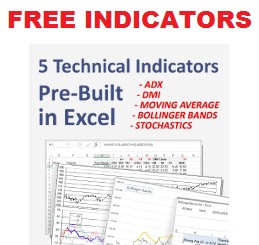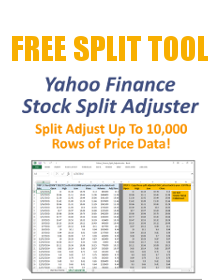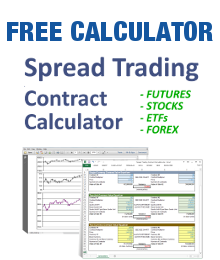Constructing a trading model in Excel from commercially available add-in toolkits has distinct advantages, particularly for models based on standard technical indicators such as moving averages, stochastics, CCI, Bollinger Bands, etc.
An add-in toolkit makes analysis functions available in the Excel toolbar, where they are available via a drop down list or “hot keys”. When you open one of the toolkit functions, a popup window opens where you can enter variable parameters such as moving average length, look back bars, statistical confidence levels, etc. The function then calculates and sends data or graphical output to the Excel spreadsheet you specify.
We recommend AnalyzerXL Pro for Technical Analysis (an awesome Excel add-in that saves a ton of time.)
An add-in toolkit does a lot of the heavy lifting for you which can shorten the development process significantly. Add-in toolkits tend to use fewer system resources because each function is dedicated to a specific action and does not require Excel to run irrelevant code.
On the other hand, there are some downsides. Add-in toolkits cost money and must be kept in sync with your version of Excel. Your model cannot be shared with other Excel users who don’t have the toolkit. Finally, add-in toolkits can constrain the way data is managed or displayed in Excel, and often have hidden calculations which cannot be changed or accessed. So while you may gain speed and ease of simply picking indicators from a dropdown list, this approach may not meet your specific needs.
Of course, it is possible to develop your own add-in toolkit to meet your specific needs. This enhances Excel’s capabilities and solves the “one size fits all” problem. But this pushes Excel modeling into the realm of pure software development. You need to have technical coding skills or hire somebody to do it for you, with potentially significant costs.





